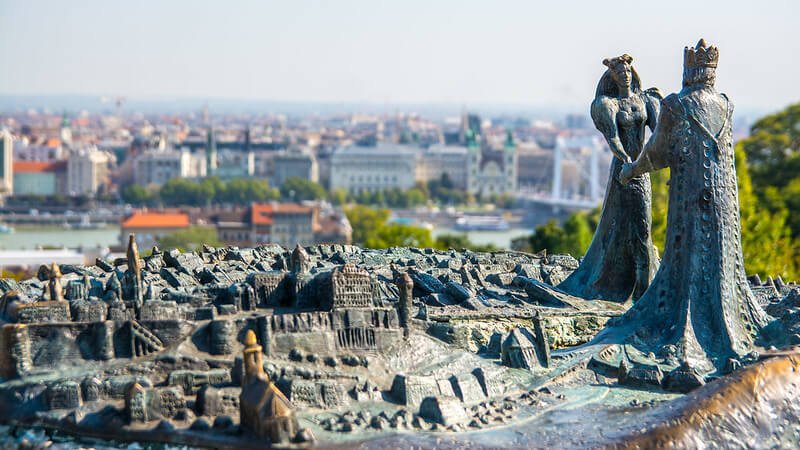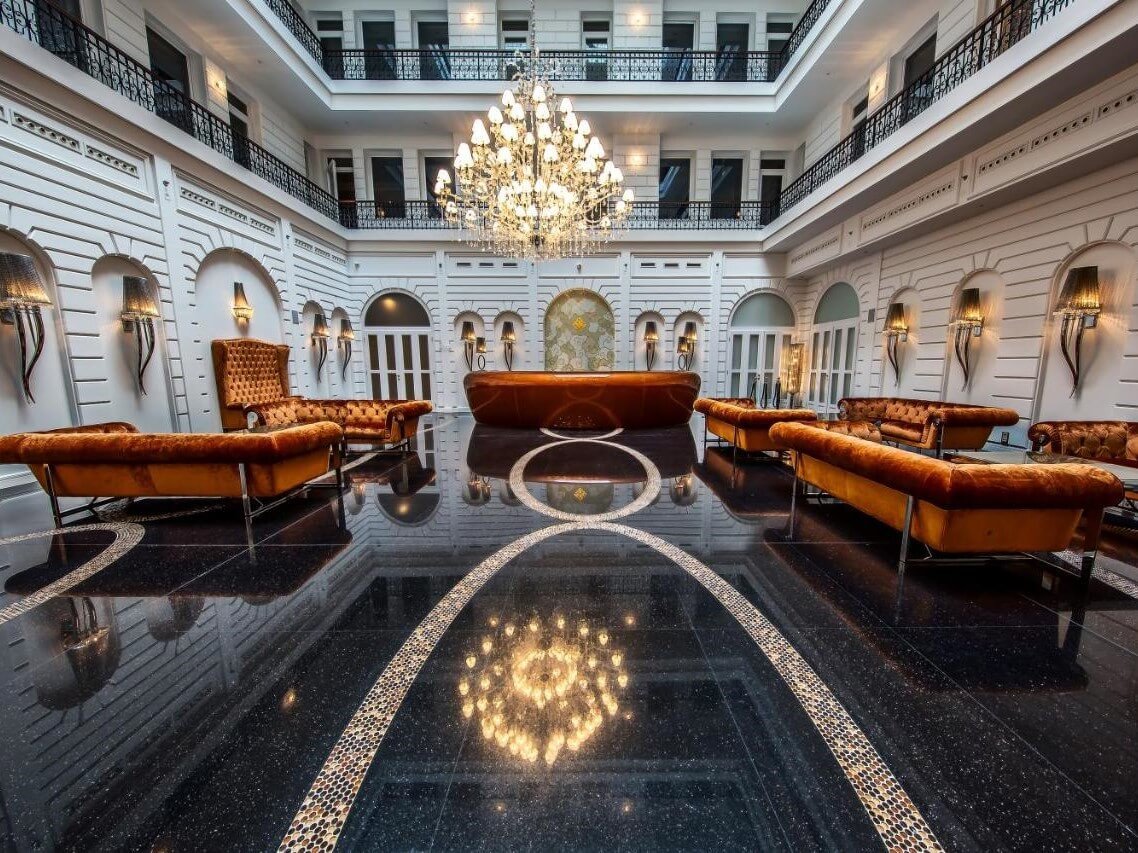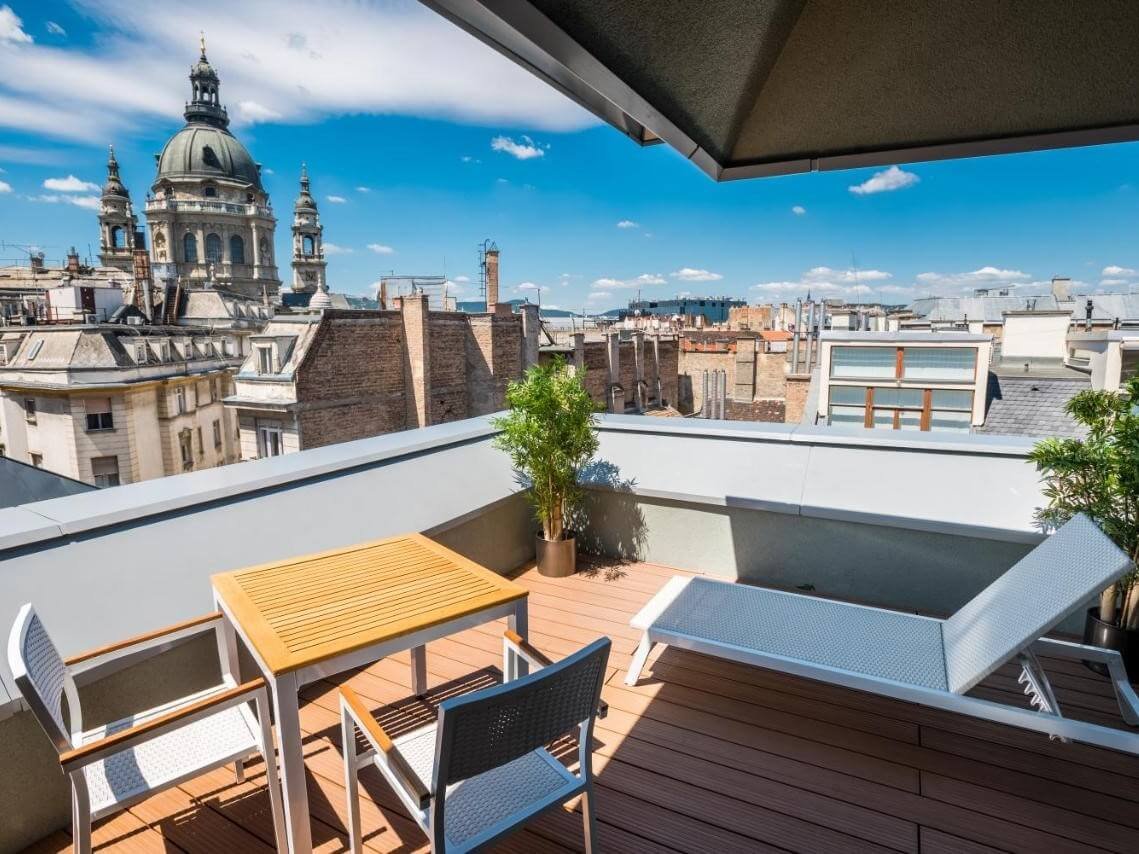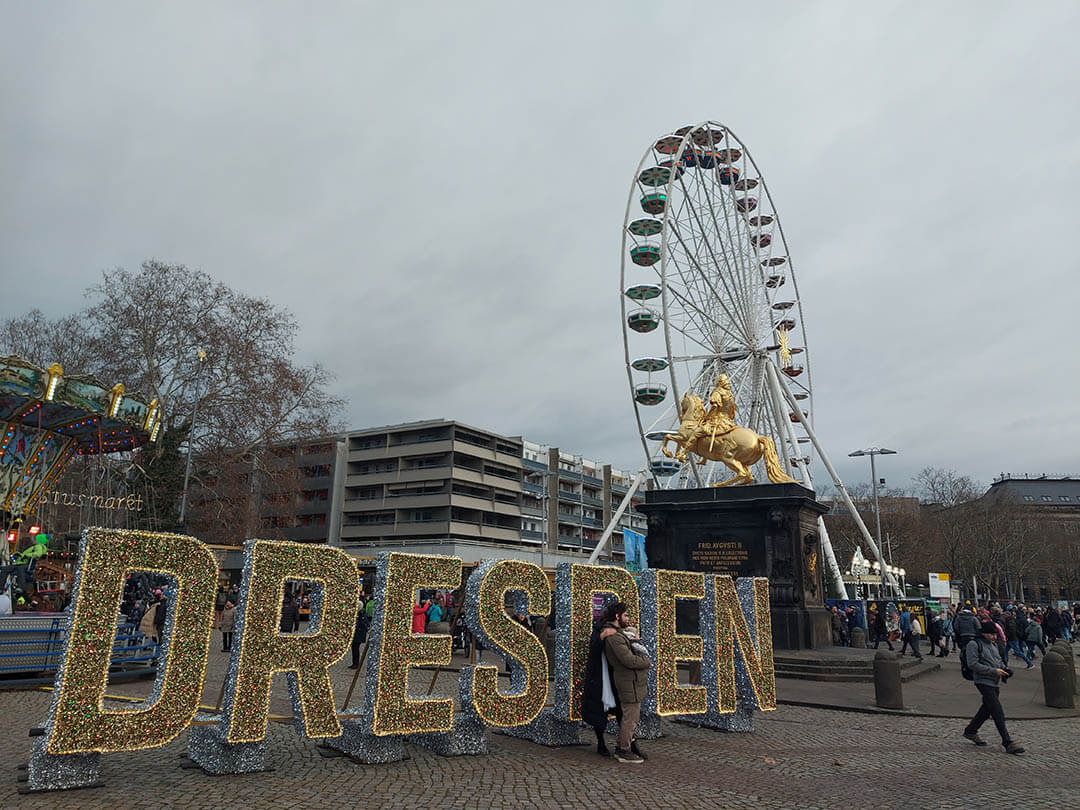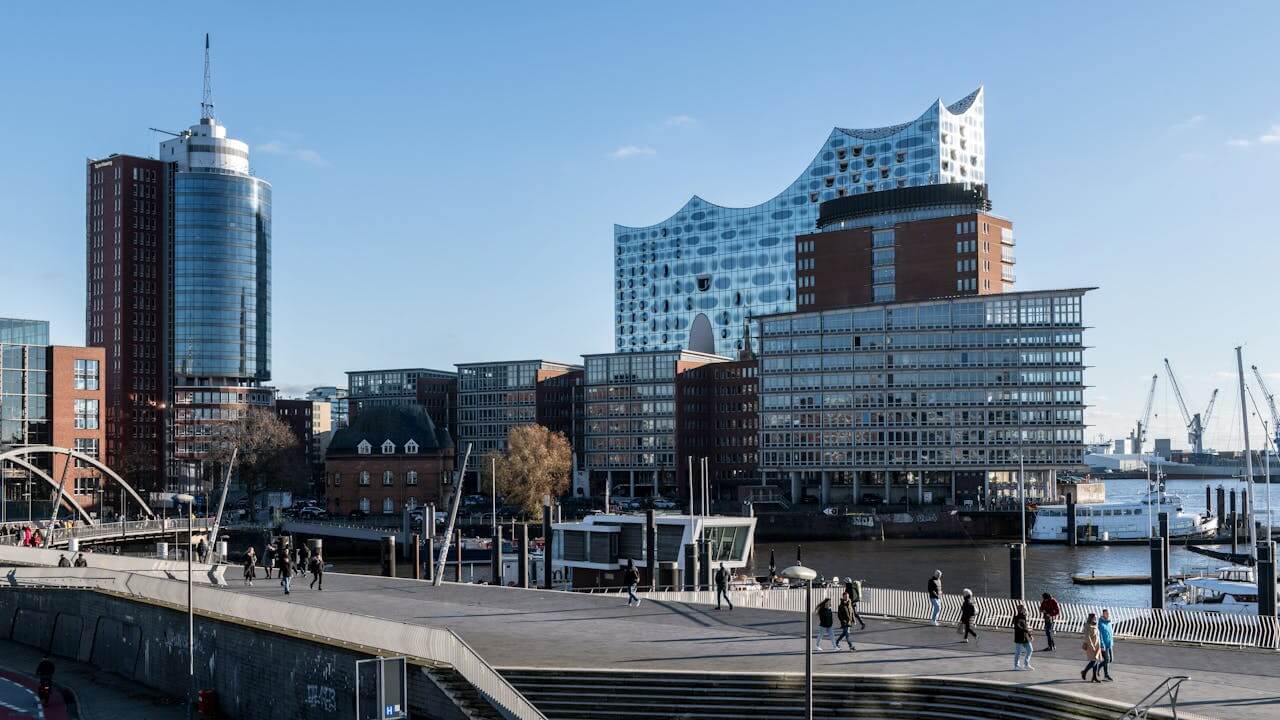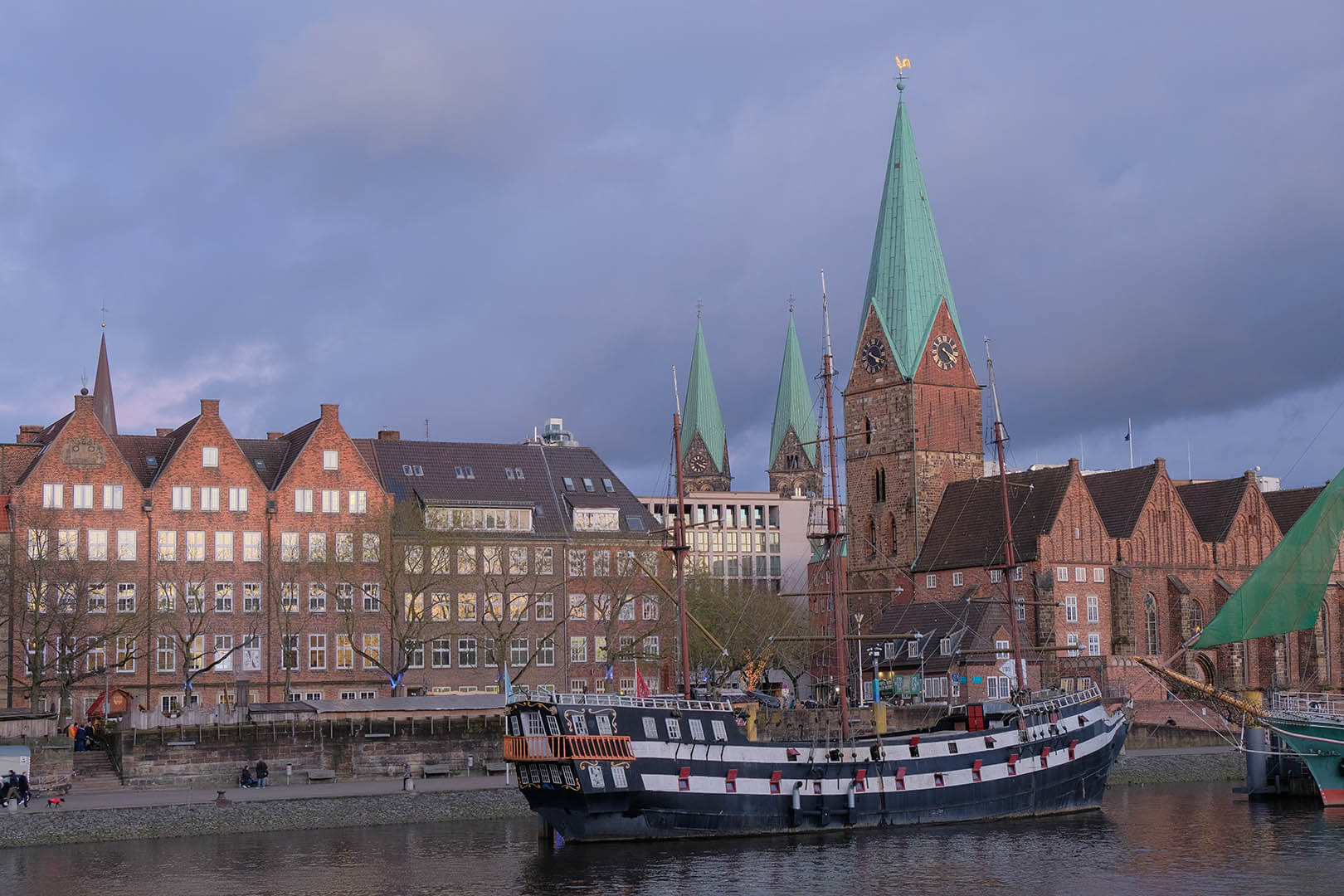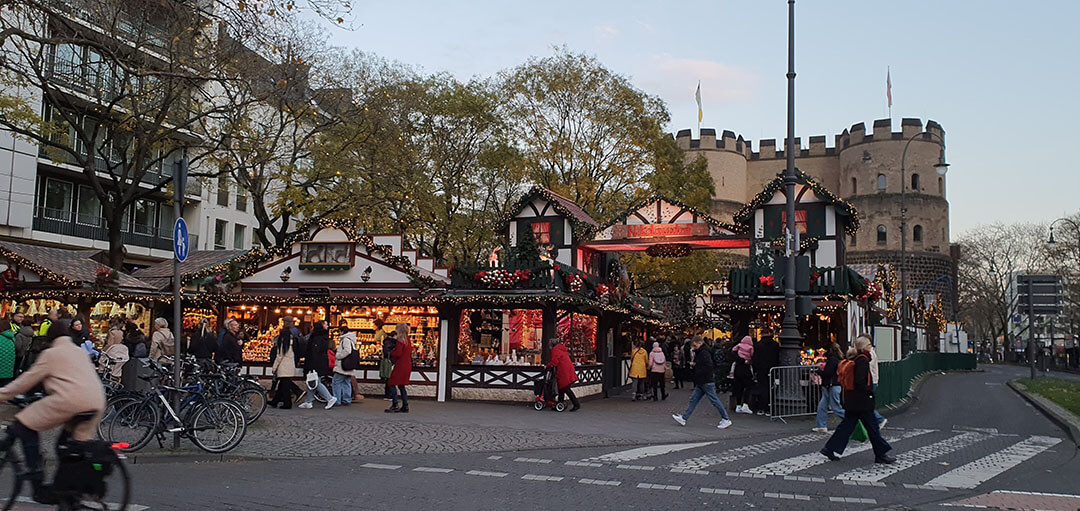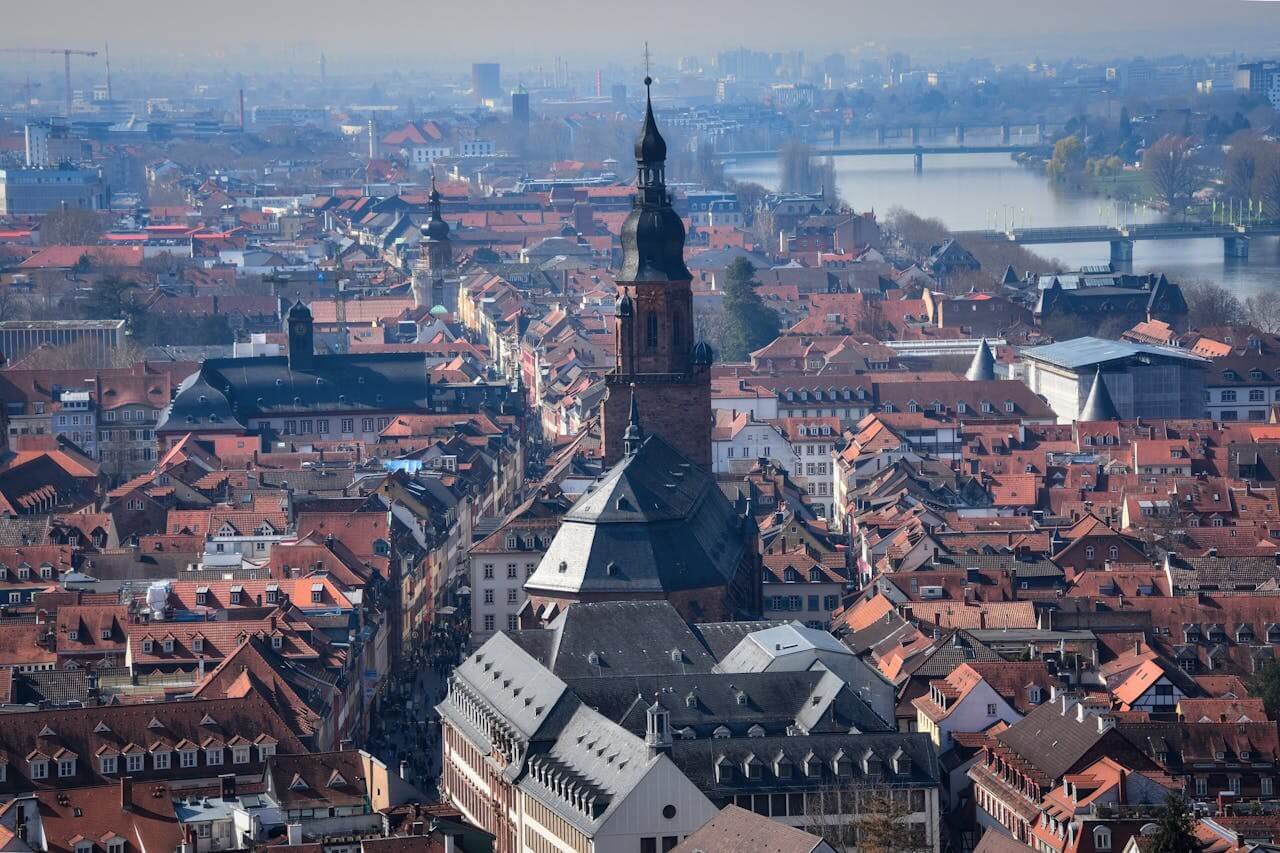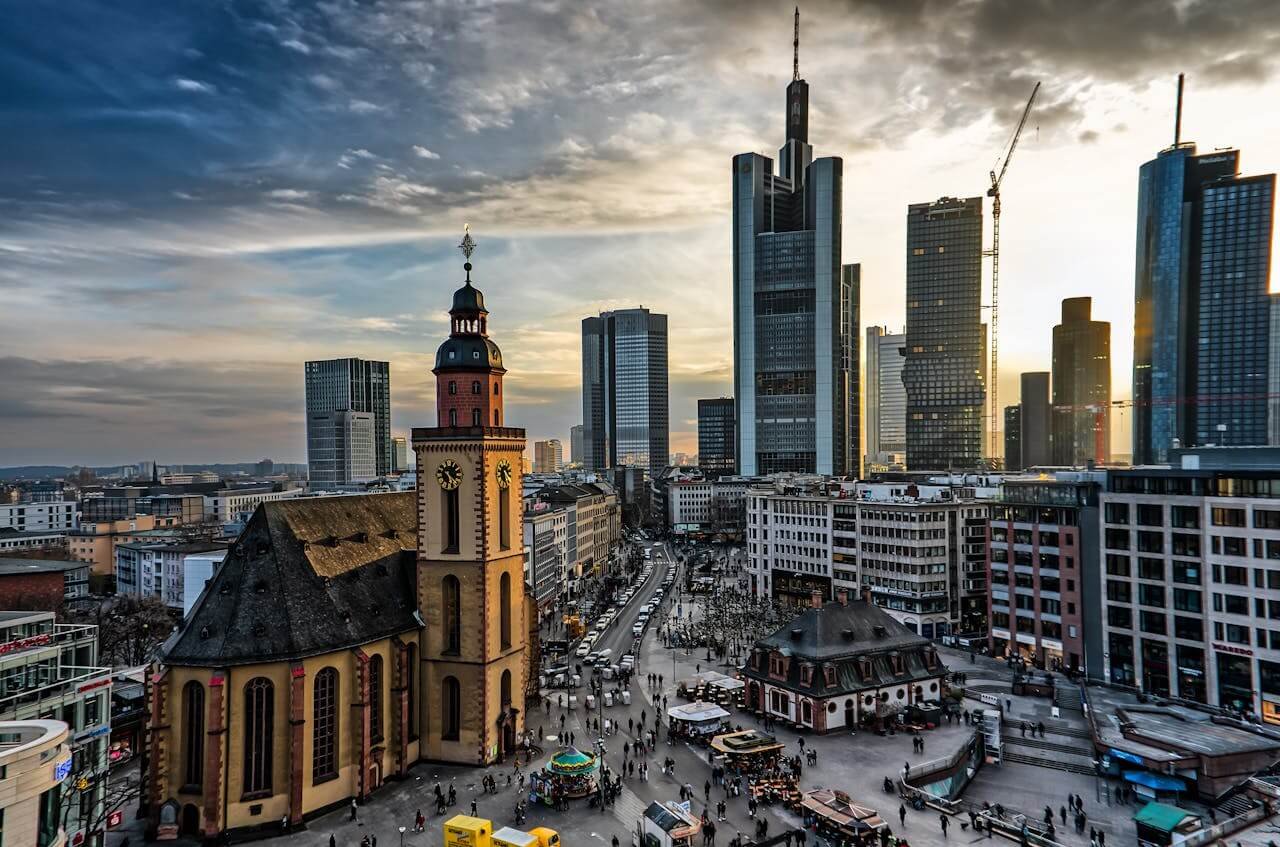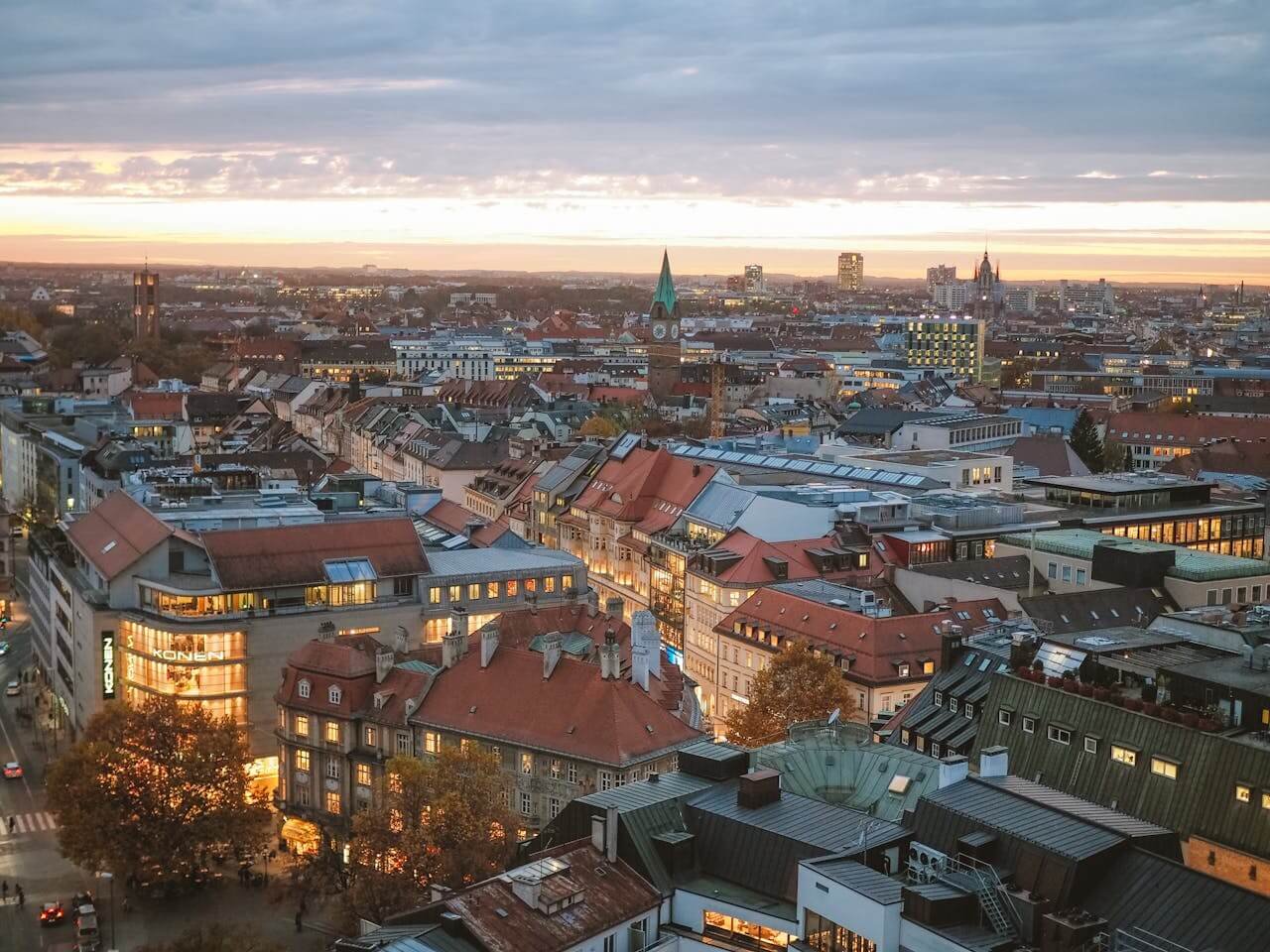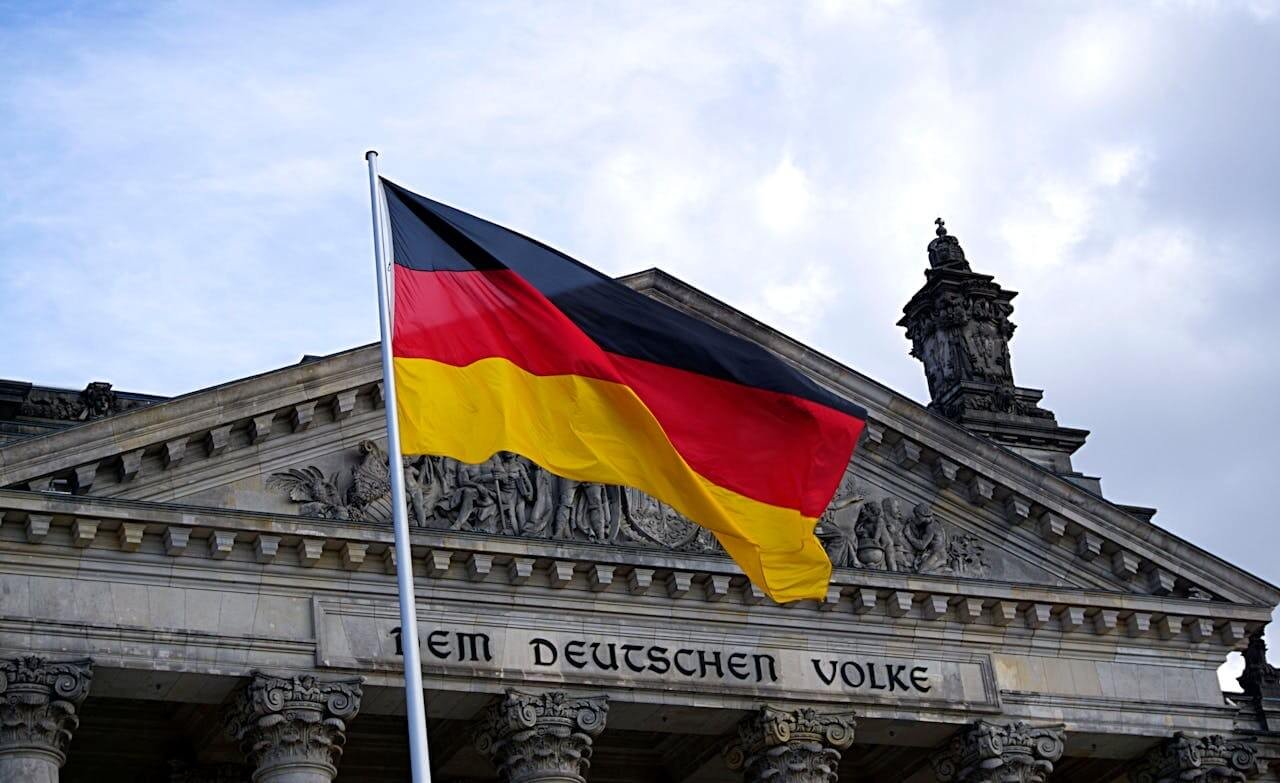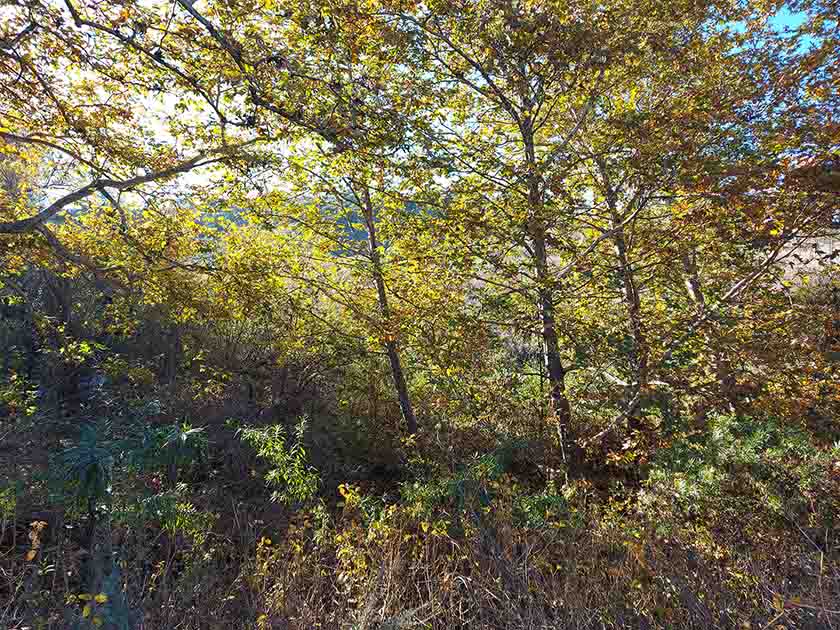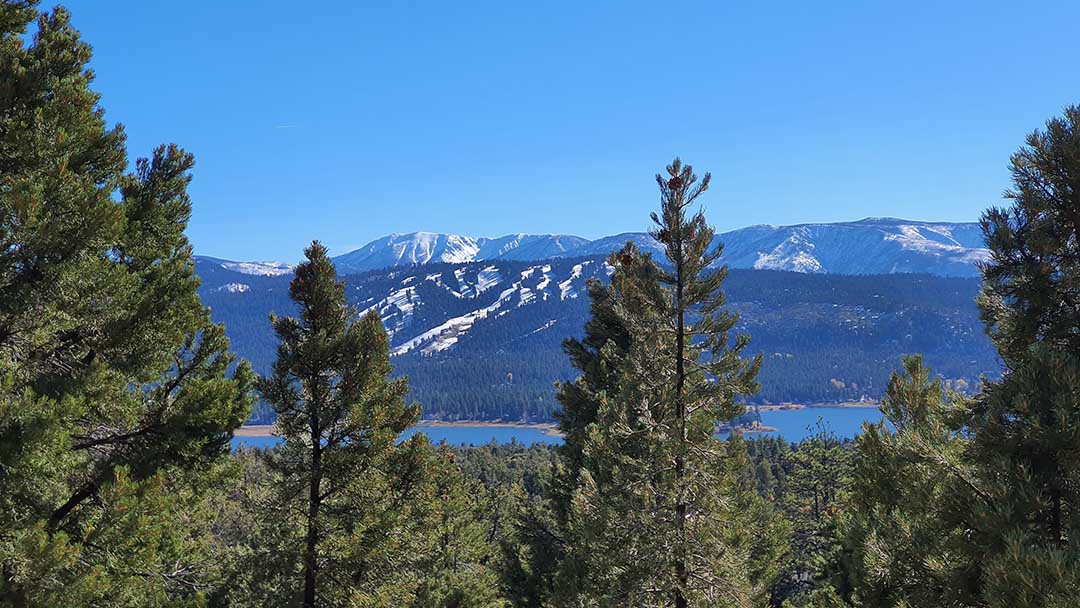Budapest, Hungary’s vibrant capital, is a city steeped in history, rich in culture, and full of life. Its grand architecture, soothing thermal baths, and array of experiences serves travelers of different kinds. Here’s a guide to the must-do activities in Budapest, complete with historical dates and interesting facts.
Planning to visit several locations in different countries? Combine your visit to Budapest with Prague in Czech Republic! If you hesitate read my post about Prague, I’m sure you will get in love with this amazing city.
Visit Buda Castle
Buda Castle, a UNESCO World Heritage Site, dates back to 1265, although the current Baroque-style structure was completed in the 18th century. It has been a royal residence for centuries and now houses the Hungarian National Gallery and the Budapest History Museum. The castle has been rebuilt many times due to wars and sieges, most notably during the Ottoman occupation and World War II.
Explore the Budapest’s history history on a guided walking tour. It include Buda Castle District and experience the grandeur of St. Stephen’s Hall.

Soak in the Széchenyi Thermal Bath
Budapest is famously known as the “City of Spas” due to its abundant thermal springs. The Széchenyi Thermal Bath is one of the largest and most popular, featuring an array of indoor and outdoor pools. Interesting fact in that the bath’s water is supplied by two thermal springs with temperatures of 74 °C and 77 °C, making it a popular spot year-round. For a more traditional experience, visit the Gellért Thermal Bath, renowned for its Art Nouveau architecture and luxurious atmosphere.
Plan your visit in advance here.
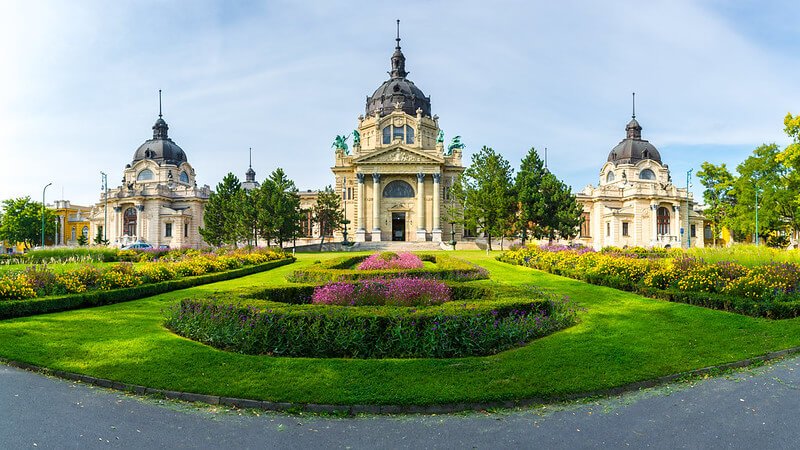
Stroll Along the Danube Promenade
The Danube River, which splits the city into Buda and Pest, has been central to Budapest’s history and development. The promenade offers stunning views of the city’s landmarks, such as the Parliament Building and Buda Castle. The “Shoes on the Danube Bank” memorial along the promenade commemorates the Jews who were shot into the Danube during World War II by fascist Arrow Cross militiamen.
Enjoy unmatchable panorama of Budapest on a nighttime boat ride along the Danube. You will see the most important landmarks of the city as you sip on unlimited glasses of Prosecco.

Visit St. Stephen’s Basilica
St. Stephen’s Basilica, named after Hungary’s first king, Stephen I, was completed in 1905. It’s the largest church in Budapest and a significant religious site. The basilica houses the mummified right hand of St. Stephen, known as the Holy Right, which is a revered relic. When I visited Budapest, I bought a ticket to the evening concert in the Basilica. It was an amazing experience, I enjoyed it.
Recommend you to visit Basilica, especially go to concert. Because it’s a double joy, listen to classic music and see beautiful interior of the place. Book your ticket in advance here.

Explore the Jewish Quarter
The Jewish Quarter, especially the Dohány Street Synagogue, is a testament to the once-thriving Jewish community in Budapest. The synagogue, built in 1859, is the largest in Europe and the second largest in the world. The Dohány Street Synagogue complex includes the Hungarian Jewish Museum and a Holocaust memorial in the form of a weeping willow tree.
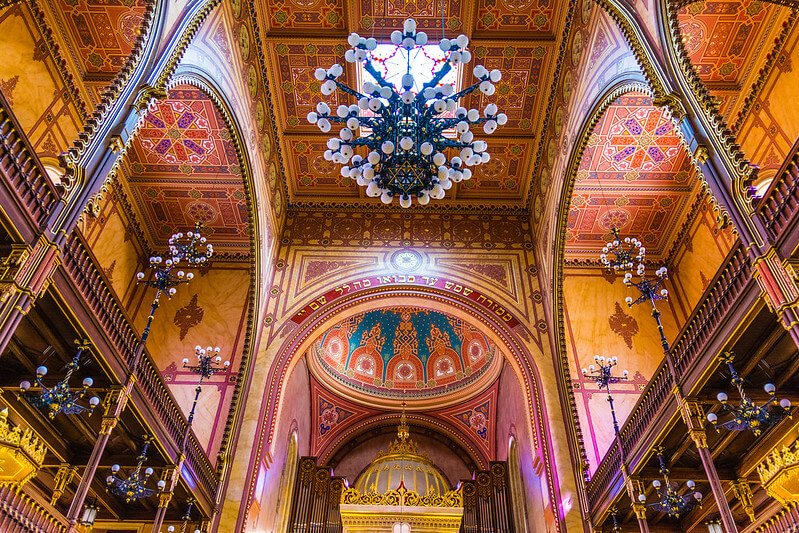
Discover Heroes’ Square and City Park
Heroes’ Square was constructed in 1896 to commemorate the 1,000th anniversary of the Magyar conquest of Hungary. The square features the Millennium Monument, with statues of important Hungarian national leaders. Adjacent to Heroes’ Square is City Park, home to Vajdahunyad Castle, which showcases various architectural styles found in Hungary.
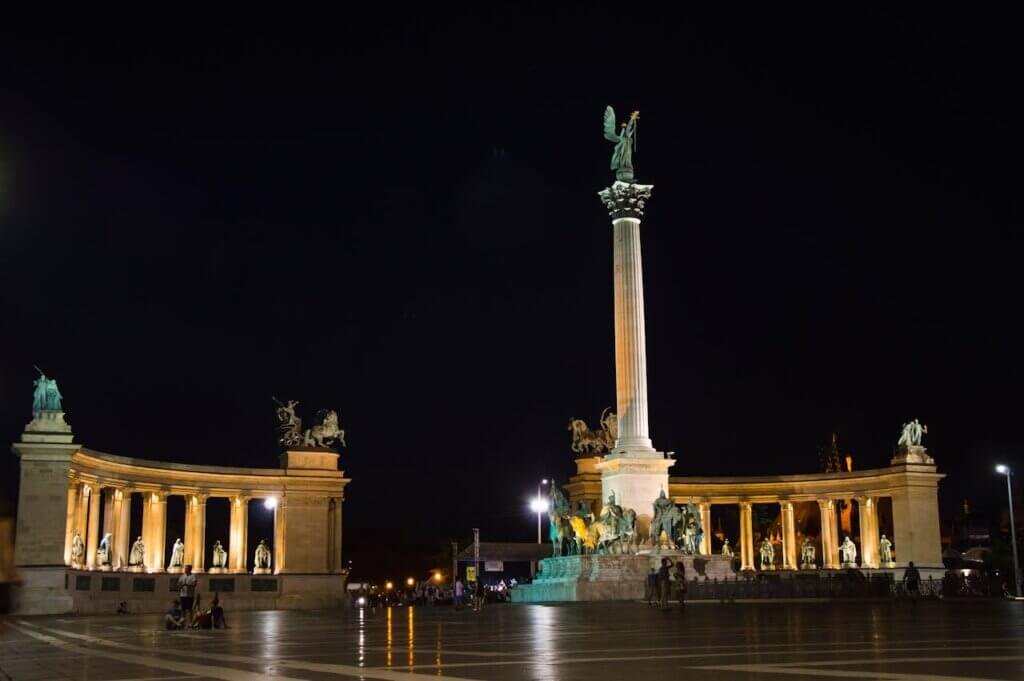
Budapest is a city where the past and present coexist harmoniously, offering visitors a chance to dip themselves in its history while enjoying modern amenities. From its majestic buildings and historic sites to its lively cultural scene and relaxing thermal baths, Budapest promises an unforgettable experience.

